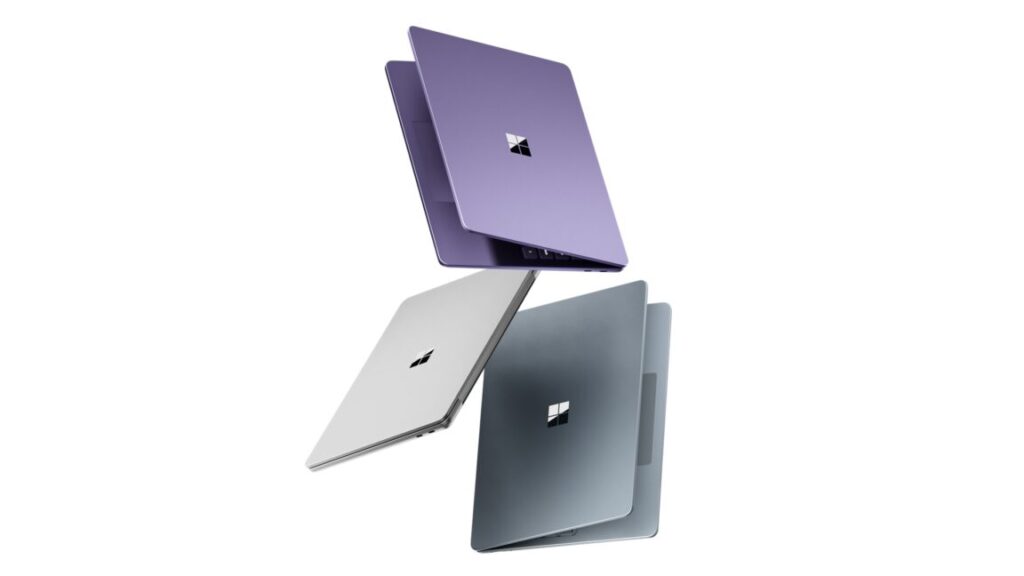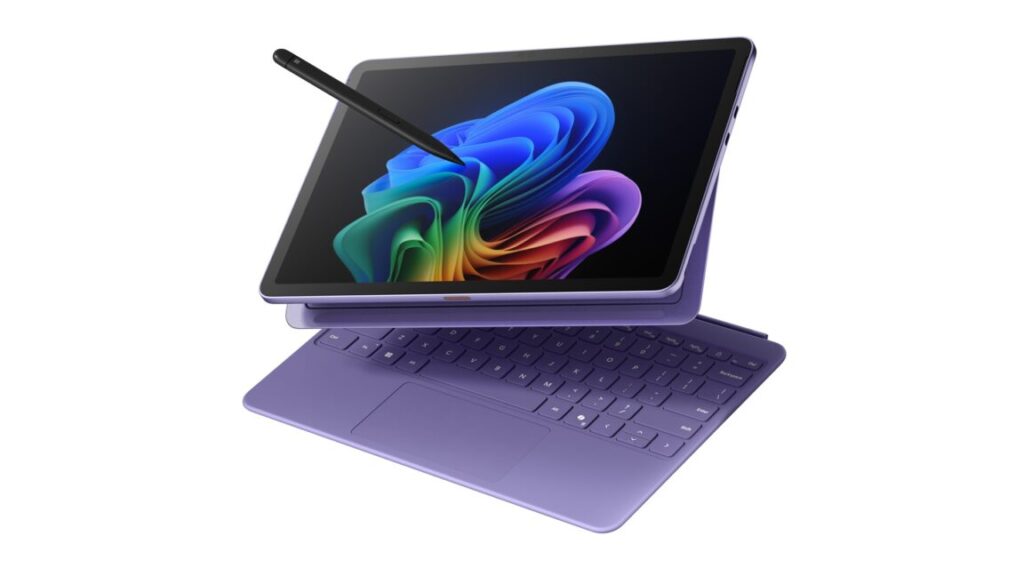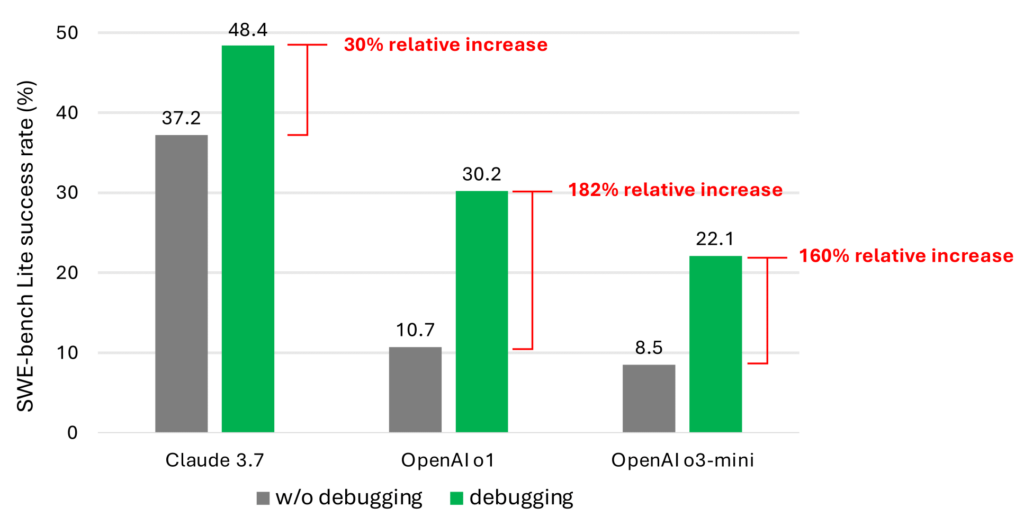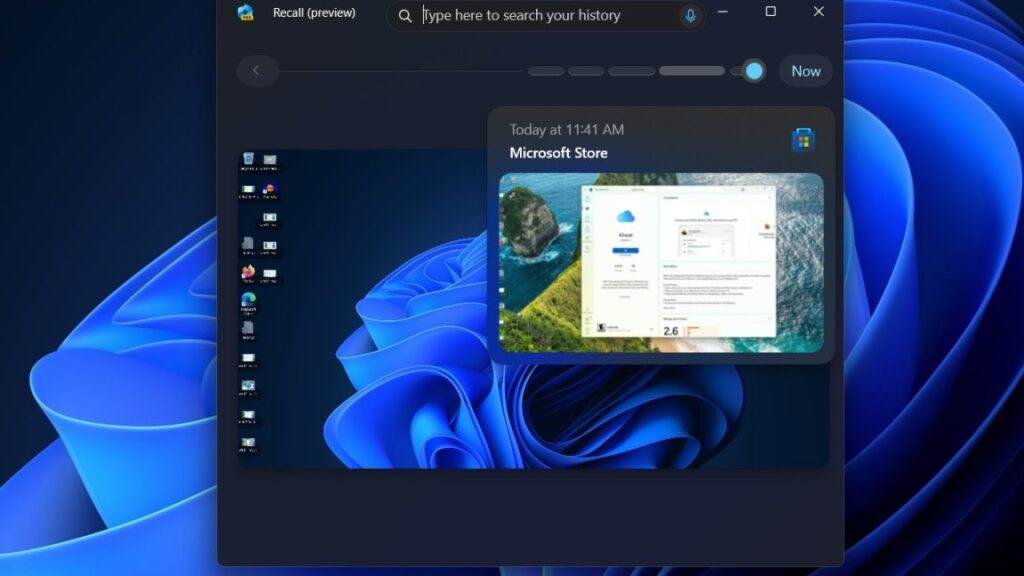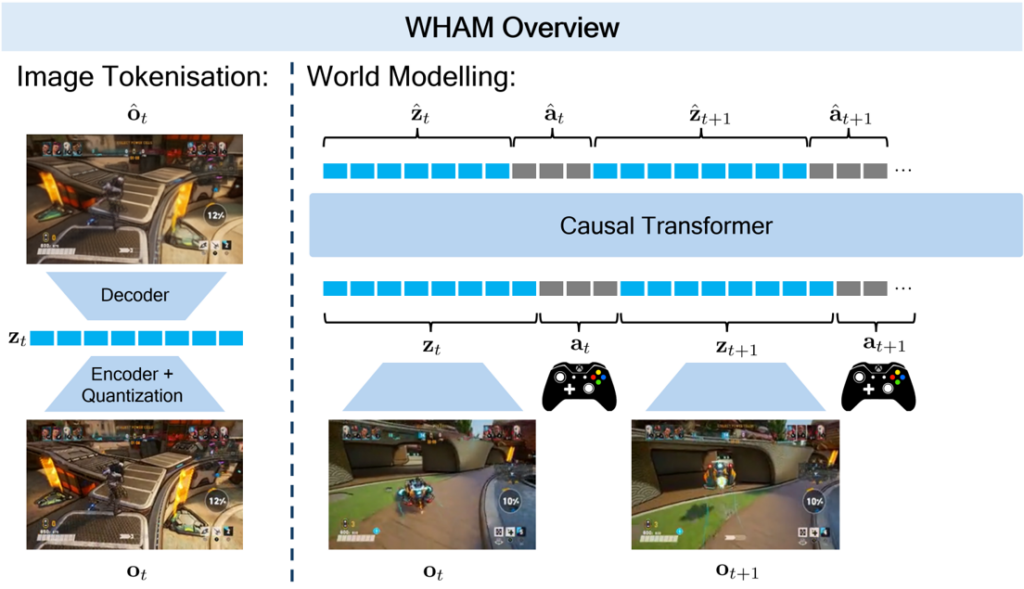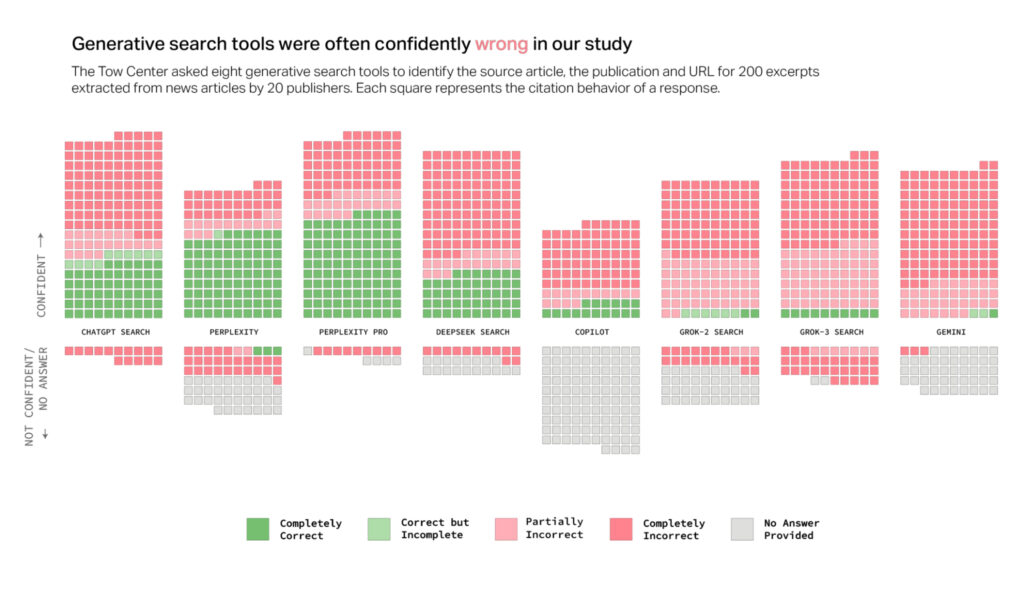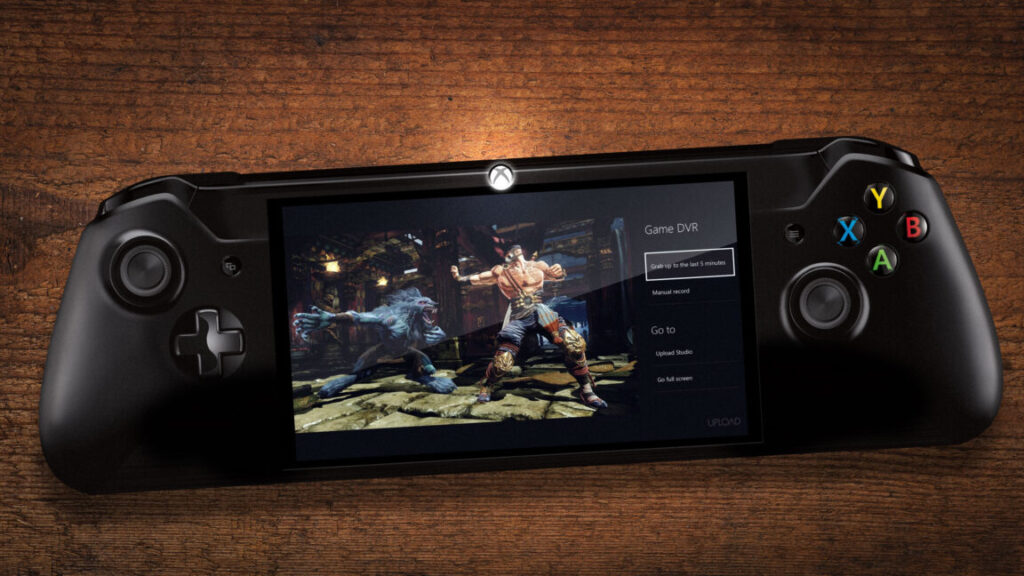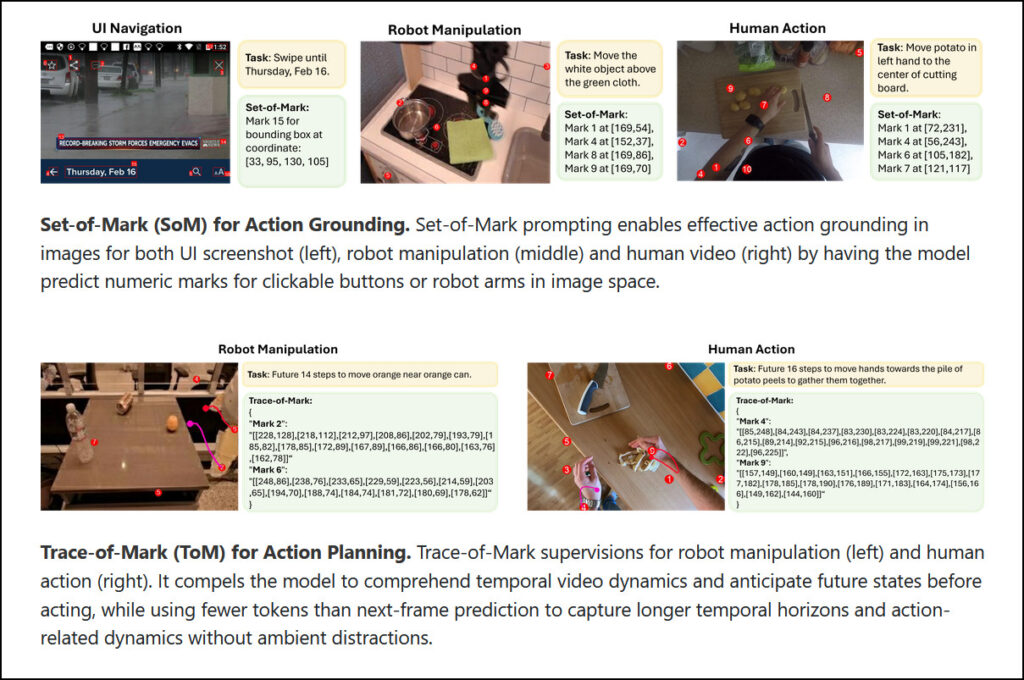Lighter, cheaper Surface Laptop saves a little money but gives up a lot
The laptop has two USB-C ports on the right side, seen here, and a USB-A port and headphone jack on the left. Surface Connect is gone. For those reasons, it seems like most individual buyers would still be better off going for the 13.8-inch Surface Laptop, with the new one only really making sense for companies buying these in bulk if the 13.8-inch Surface goes up in price or if the 13-inch Surface happens to be discounted and the 13.8-inch version isn’t. The 13.8-inch Laptop is also obviously still the one you want if you want more than 16GB of RAM or 512GB of storage, or if you need more CPU and GPU speed.
The new 13-inch Laptop has most of the same basic ports as the 13.8-inch version, just arranged slightly differently. You still get a pair of USB-C ports (both supporting 10 Gbps USB 3.2 speeds, rather than USB 4), one USB-A port, and a headphone jack, but the USB-A port and headphone jack are now on the left side of the laptop. As with the 12-inch Surface Pro tablet, the Surface Connect port has been removed, so this is compatible with all existing USB-C accessories but none of the ones that use Microsoft’s proprietary connector.
An awkward refresh

Both of the new Surface devices being announced today. Credit: Microsoft
The new Surface Laptop doesn’t seem to regress on any major functional fronts—unlike the 12-inch Surface Pro, which throws out an 11-year-old keyboard fix that made the Surface Pro’s keyboard cover much more stable and laptop-like—but it’s still an odd refresh. But inflation, supply chain snarls, and the Trump administration’s rapidly changing tariff plans have made pricing and availability harder to predict than they were a few years ago.
Though PCs and smartphones are (currently) exempted from most tariffs, Microsoft did recently raise the prices of its years-old Xbox Series S and X consoles; it’s possible these new Surface devices were originally designed to be budget models but that world events kept them from being as cheap as they otherwise might have been.
Lighter, cheaper Surface Laptop saves a little money but gives up a lot Read More »
